Are you a first-time puppy owner curious to learn how to bathe a puppy? We got you covered. Bathing your puppy can be enjoyable for both you and your furry friend. While some puppies may dread bath time, it is important to keep in mind the many advantages of routine bathing. In addition to keeping them feeling clean and fresh, regular bathing also helps to maintain your puppy’s general health and well-being.
In this article, we have covered everything you need to know on how to bathe a puppy without stressing them out. From choosing the right shampoo and conditioner to towel-drying and trimming nails, you will have all the steps you need to keep your pup squeaky clean. Whether you are a seasoned dog owner or a first-time puppy parent, you will find plenty of helpful tips and tricks to make your puppy’s bath time a breeze. So, grab your rubber duckies, and let us get started.
Read More: Essential Dog Grooming Services
Preparing Your Puppy for a Bath

Before we get into how to bathe a puppy, there are a few things you need to do to prepare for your puppy’s bath time.
Choose the Right Shampoo and Conditioner
When it comes to selecting a shampoo and conditioner for your puppy’s fur, it is important to choose products that are specifically formulated for puppies. Regular human shampoo or adult dog shampoo can be too harsh and may irritate your puppy’s skin.
Look for mild, gentle formulas that are designed to clean your puppy or dog’s hair and coat without stripping away natural oils. If your puppy has any skin conditions, allergies, or other health concerns, consult with your vet to determine the best shampoo and conditioner for your pup’s specific needs.
Gather Necessary Supplies
Gathering the necessary supplies before starting the bathing process will make it easier and more efficient. You will need some towels, a brush and comb, a non-slip rubber mat, or towel for the tub or kitchen sink, a cup or pitcher for rinsing, and some tasty treats to keep your pup happy and motivated. And, of course, do not forget the puppy shampoo and conditioner.
Set Up the Bathing Area
Choose a warm room or a cozy spot for your first puppy bath, normally a bathtub or sink. Make sure the area is clean and free of any obstacles that could cause your pup to slip or fall. You could also lay a non-slip mat or towel on the floor of the basin or bathtub. It is a good practice to feel the temperature with your forearm before letting your puppies or adult dogs into the water, to make sure the water is warm but not hot or cold.
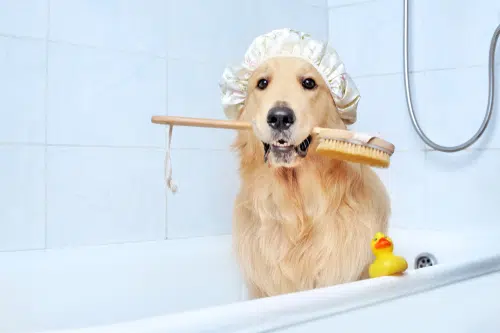
How to Bathe a Puppy; Step-by-Step Guide
Ready to turn your little fur ball into a clean and cuddly pup? Do not worry, bathing your puppy is easier than you think. Just follow these easy guidelines and your pup will be squeaky clean in no time.
-
Get your pup moist all over with warm water. Remember to be gentle and avoid getting water in your dog’s ears, eyes and nose. You can use a handheld shower attachment or a cup to pour water over your pup.
-
Apply a small amount of puppy shampoo to your puppy’s coat and lather it up. Massage the shampoo into your pup’s fur gently, being careful to keep it out of its eyes and mouth.
-
Rinse off the shampoo with warm water, making sure to get it all out as leftovers can cause skin irritation.
-
Apply conditioner if using, and let it sit for a few minutes on your pup’s coat. This will help make the dog hair even more silky and shiny.
-
Rinse off the conditioner thoroughly with warm water, as leftover residue can weigh down your pup’s coat and make it uncomfortable.
While bathing, you can also brush your puppy’s teeth. Use a toothbrush or a finger brush with delicate bristles to apply toothpaste in a pea-sized quantity. Lift your puppy’s cheeks gently and use a circular motion to gently brush between their teeth, paying special attention to the gum line.
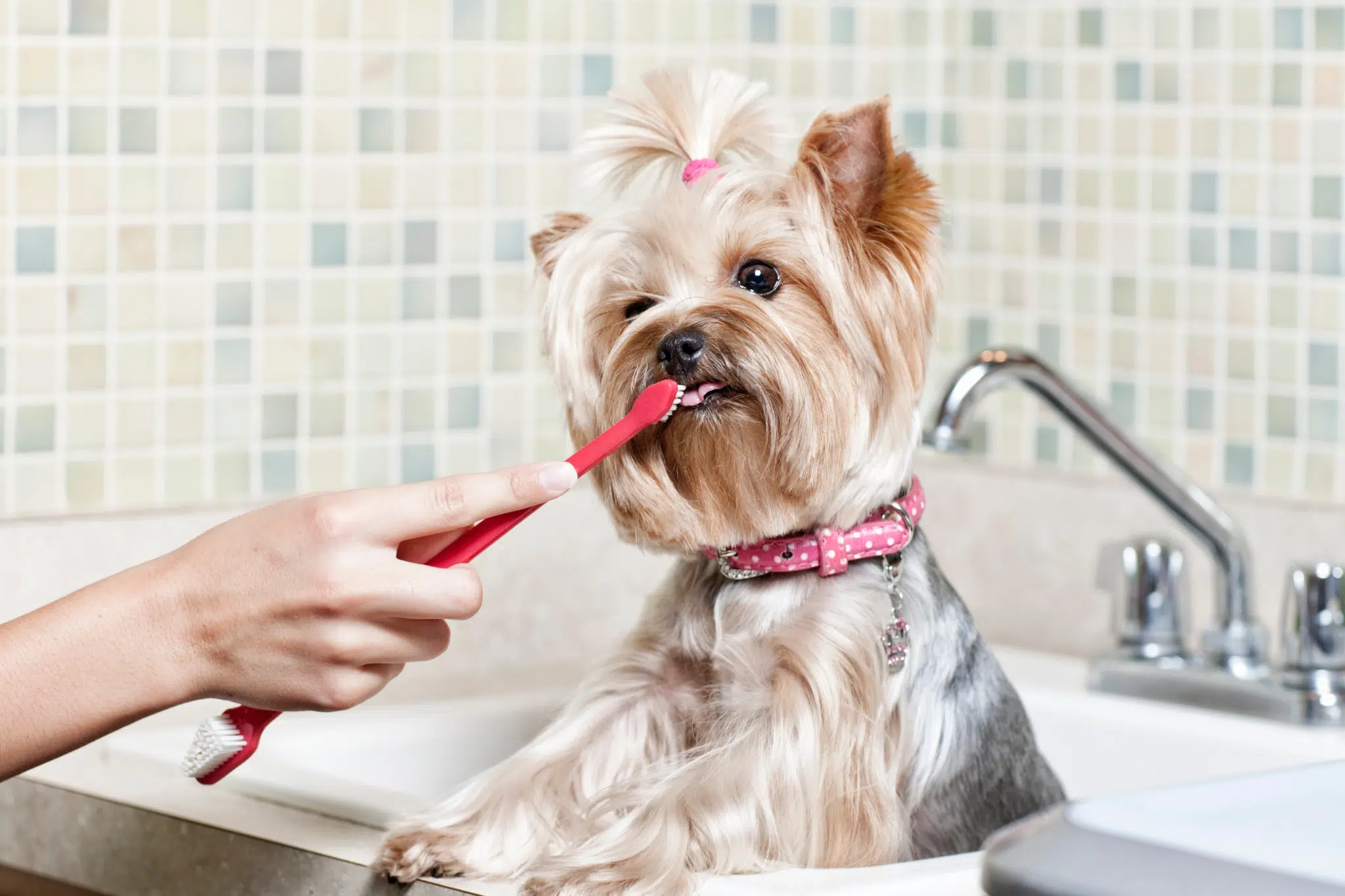
Drying and Grooming Your Puppy
Great job on completing the bathing process. Now, it is time to dry and groom your pup to perfection. Follow these steps to help your puppy feel and appear its best.
-
Use a clean towel to dry your pup’s coat thoroughly. Be sure to rub gently and avoid tugging or pulling on their coat. You can also use a hair dryer in a low, cool setting, but make sure not to get too close to your pup’s skin as this can cause discomfort.
-
Once your pup’s coat is dry, it is time to brush and comb out any tangles or knots. Doing this will help maintain your pet’s glossy, healthy hair. Use a soft-bristled brush or comb and work through their coat gently, being careful not to pull or tug.
-
If your pup’s nails are long, it is important to trim them to avoid discomfort and potential injury. Use a pet nail clipper and trim off just the tip of each nail, being careful not to cut too close to the quick (the pink part of the nail). For more insights, read our article on how to cut dog nails without hurting your pet.
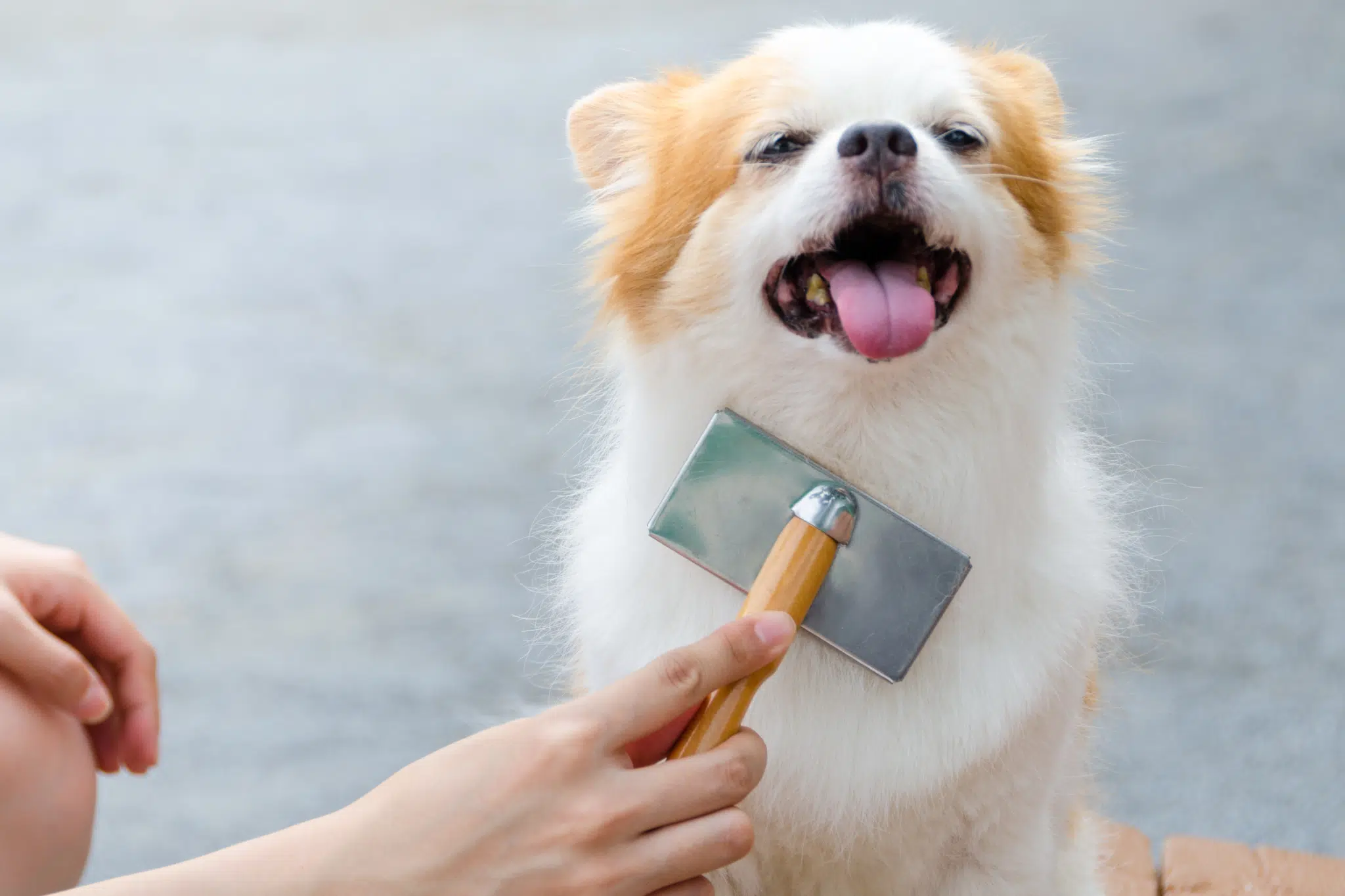
Additional Tips on How to Bathe a Puppy
Bathing your puppy can be a fun experience, but it can also be a bit challenging, especially if you are looking at how to bathe a puppy for the first time. Follow these tips for success and make bath time a bonding experience.
Establish a Bathing Routine
Creating a schedule can help your pup feel at ease during bath time. Set a specific time and place for bath time and stick to it. This way, your puppy will know what to expect and be less anxious.
Take It Slow
Make sure to ease your dog into the bathing experience by doing so slowly. First, introduce your puppy to the bathroom or bathing area, and then gradually expose it to water and shampoo.
Use Positive Reinforcement
Positive reinforcement is the secret to a great bath time. Use treats and praise to reward your pup for staying calm and cooperative.
Avoid Sensitive Areas When You Bathe Puppies
Some areas on your pup or puppy’s face and body may be more sensitive than others, such as their eyes, ears, and nose. To avoid any discomfort, be gentle and steer clear of getting water or soap in these regions.
Make It an Enjoyable Experience
Bath time does not have to be a chore. Use toys and games to distract them during the process and provide fur babies with plenty of affection and praise.

FAQs on How to Bathe a Puppy
1. When Can Puppies Have Their First Bath?
Young Puppies can have their first wash as early as 8 weeks of age. However, it is important to check with your veterinarian before giving your puppy a bath, as some breeds may require delayed bathing due to sensitive or dry skin, or other health concerns.
Additionally, it is important to make sure your puppy has completed their vaccination series before giving them their first bath, as they may still be susceptible to certain illnesses. It is best to wait at least 1-2 weeks after your puppy’s final vaccination before bathing them.
2. How Often Should You Bathe a Puppy?
It is generally recommended to bathe your puppy once every 4-6 weeks. However, the frequency may change based on your puppy’s breed, activity level, and your puppy’s coat type. Make sure not to over-bathe your puppy as this may strip away the natural oils of your pup’s skin leading to dryness and irritation.
3. What Temperature Should the Water Be When I bath My Puppy?
The water temperature should be lukewarm, around 100-105 degrees Fahrenheit. Water that is too hot or too cold can be uncomfortable for your puppy and may cause them to become anxious or stressed.
4. Can You Do a Puppy Bath Outside in Cold Weather?
It is not advisable to bathe your puppy outside in cold weather as it may lead to hypothermia and discomfort for young puppy. However, if you have to, ensure that you use lukewarm water, towel dry your puppy thoroughly, and wrap them in a warm blanket. It is better to wait for warmer weather or bathe your puppy indoors where the temperature can be controlled.
5. Can I Use Regular Human Shampoo on My Puppy?
No, it is not recommended to use regular human shampoo on your puppy. The human shampoo has a different pH level than dog shampoo and can be too harsh for your puppy’s sensitive skin, causing dryness and irritation. It is crucial to use a shampoo designed especially for puppies.
6. How Do I Prevent Water from Getting in My Puppy’s Ears?
You can prevent water from getting into your puppy’s ears by placing a cotton ball in each ear before the puppy’s first bath. Just be sure to take them off after the bath to reduce the chance of ear infection afterward.
7. How Do I Avoid Getting Shampoo and Water in My Puppy’s Eyes?
To avoid getting shampoo and water in your puppy’s eyes, you can use a damp washcloth first to gently wipe their face instead of pouring water directly over your puppy’s head. A tearless shampoo that is designed to be soft on your puppy’s eyes is another option.
8. What Should You Do if Your Puppy Accidentally Ingests Shampoo or Conditioner?
It is critical to call your veterinarian right away if your puppy accidentally ingests shampoo or conditioner. You might be given instructions to make your puppy puke or brought in for evaluation. Always err on the side of caution and ask an expert for guidance.
9. Should I bath My Puppy When They Are Not Feeling Well?
It is generally not recommended to bathe your puppy when they are not feeling well, as this can make them more uncomfortable and potentially worsen its symptoms. It is best to wait until they are feeling better before bathing them.
Wrapping Up; How to Bathe a Puppy
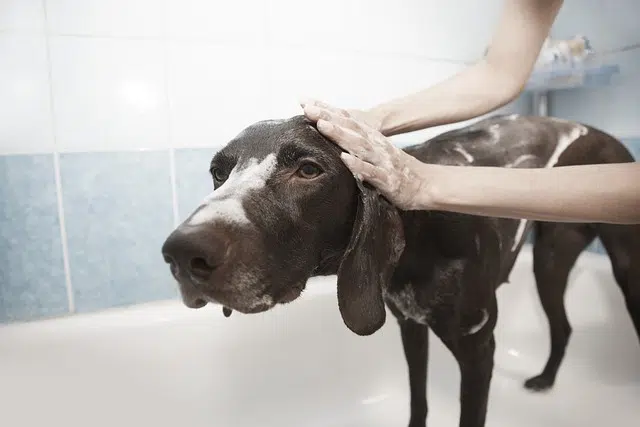
Bathing your puppy is an important part of their hygiene regimen. By following the steps outlined in this article on how to bathe a puppy gently, from setting up the bathing area, to wetting, drying wet fur, and grooming, you can ensure a successful and enjoyable bath time. It is also important to establish a routine, use positive reinforcement, avoid sensitive areas, and make it a playful experience.
Remember to choose the right products, like gentle shampoos and conditioners formulated for puppies, and make bathing a regular part of your puppy’s care routine. With practice and patience, you and your pup will soon be looking forward to bath time as a bonding moment that you can both enjoy. So go ahead and make bath time a splash!
Meet Soft Coated Wheaten Terrier
Interesting Reads:
Desexing Your Dog: The Pros and Cons

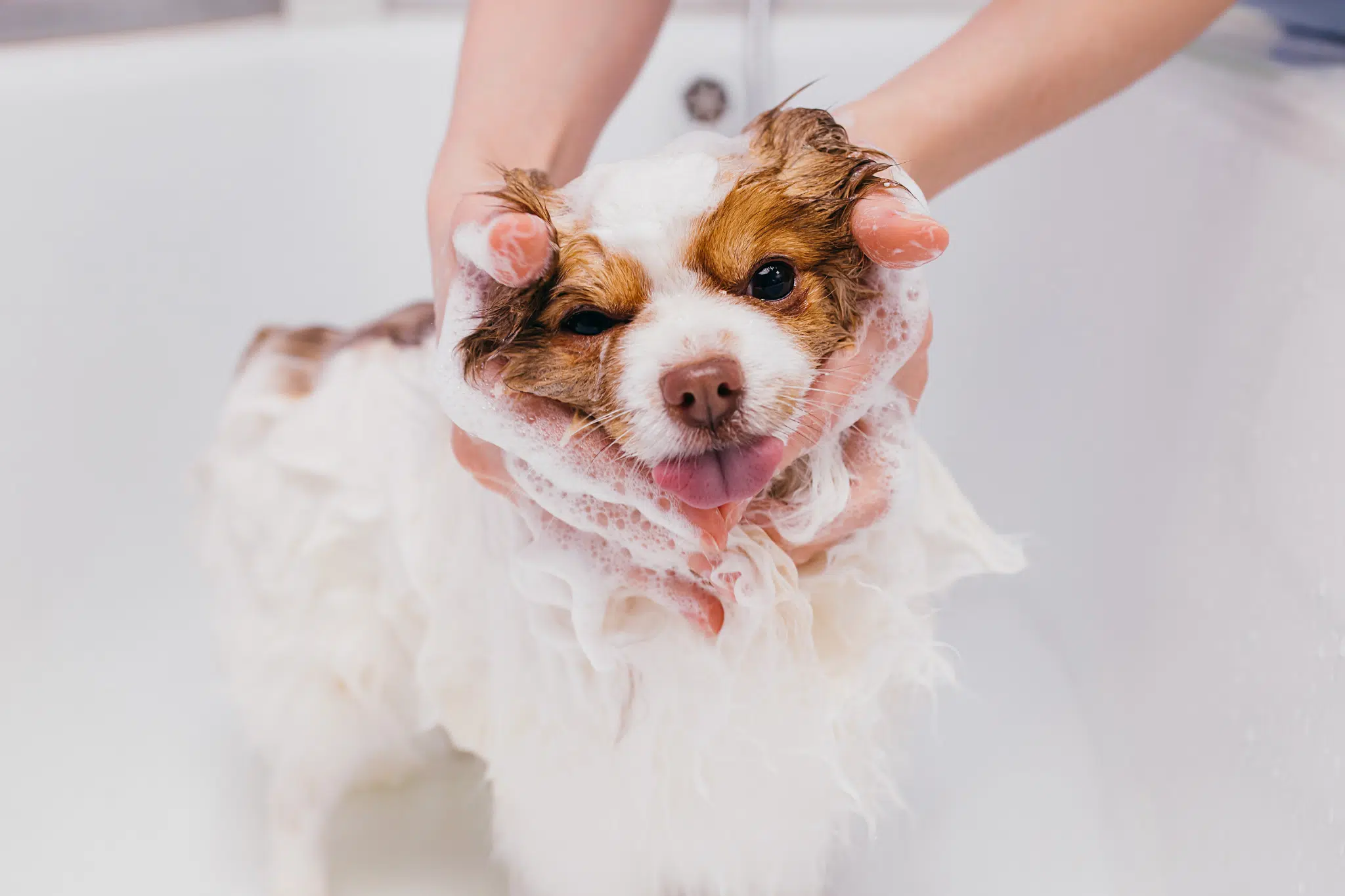
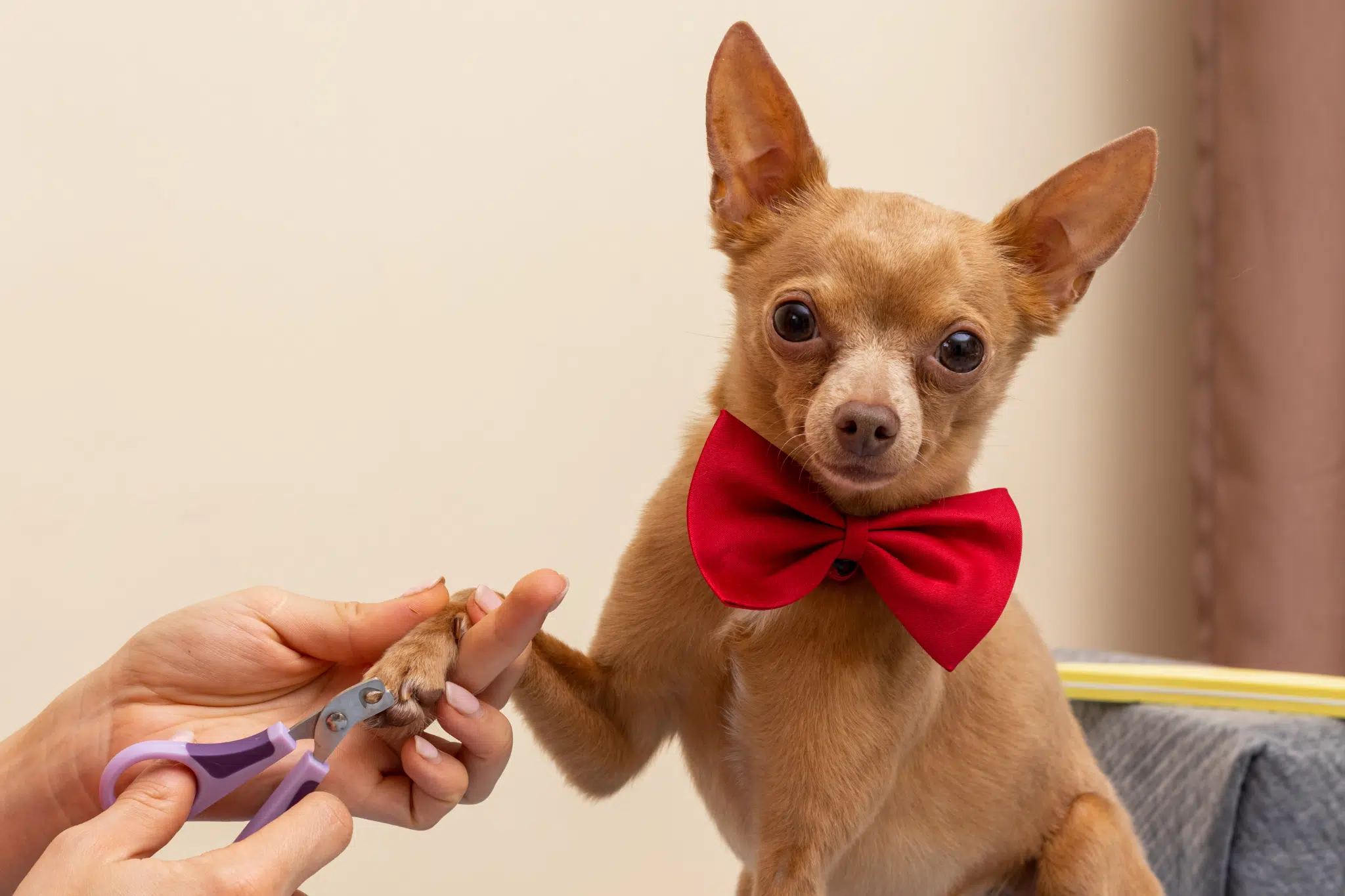
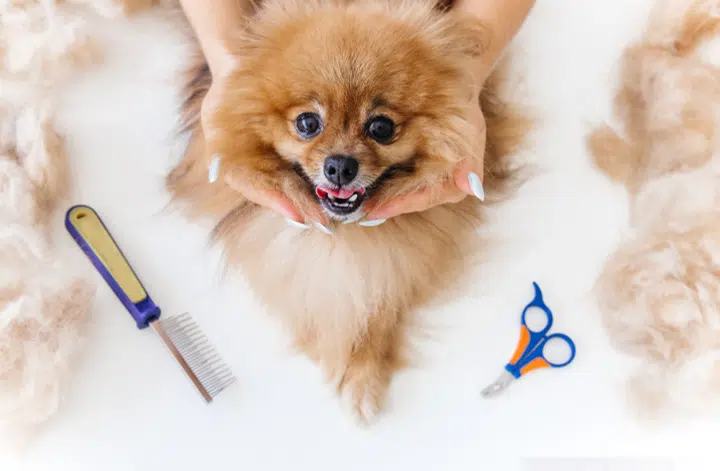
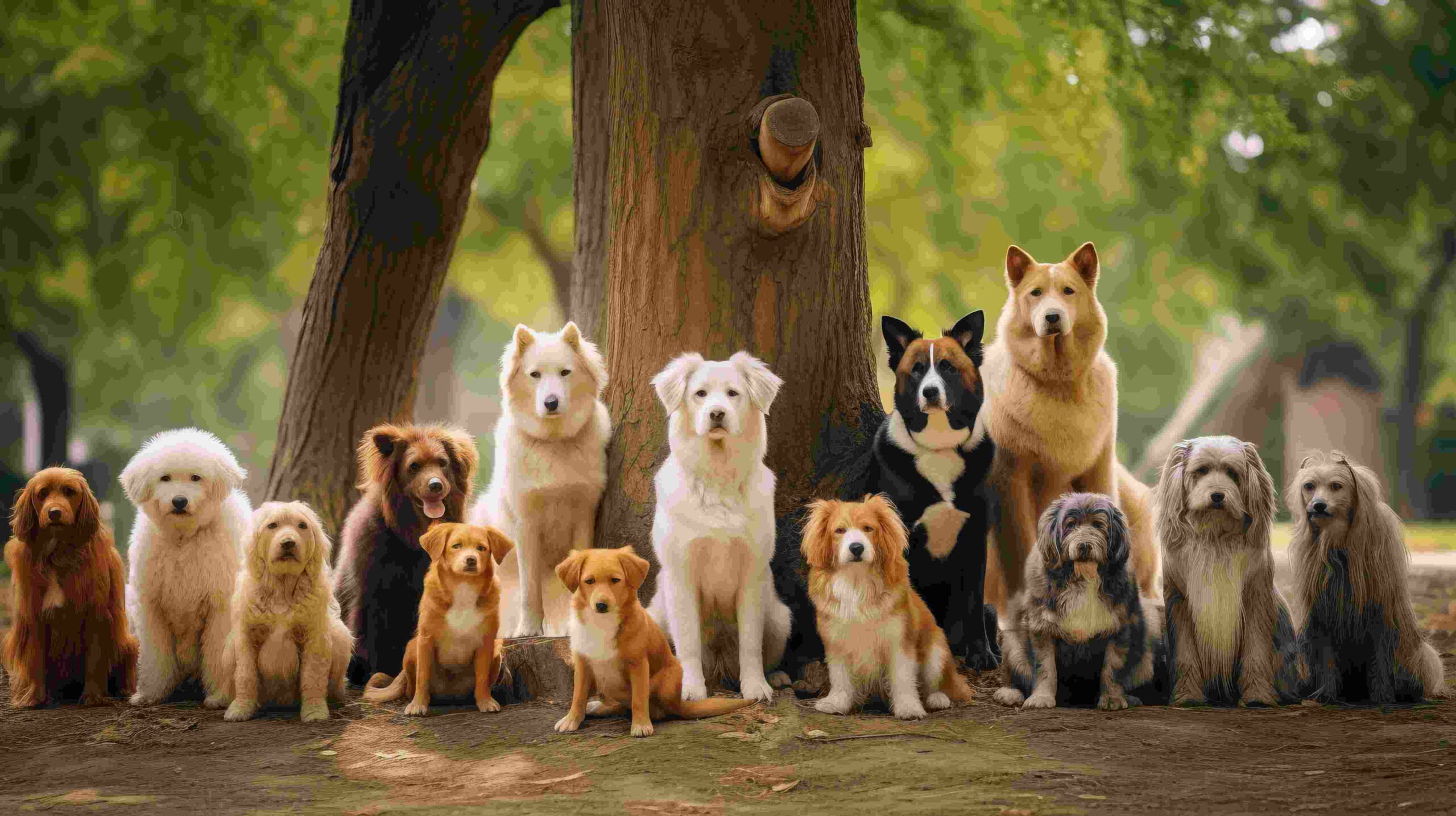


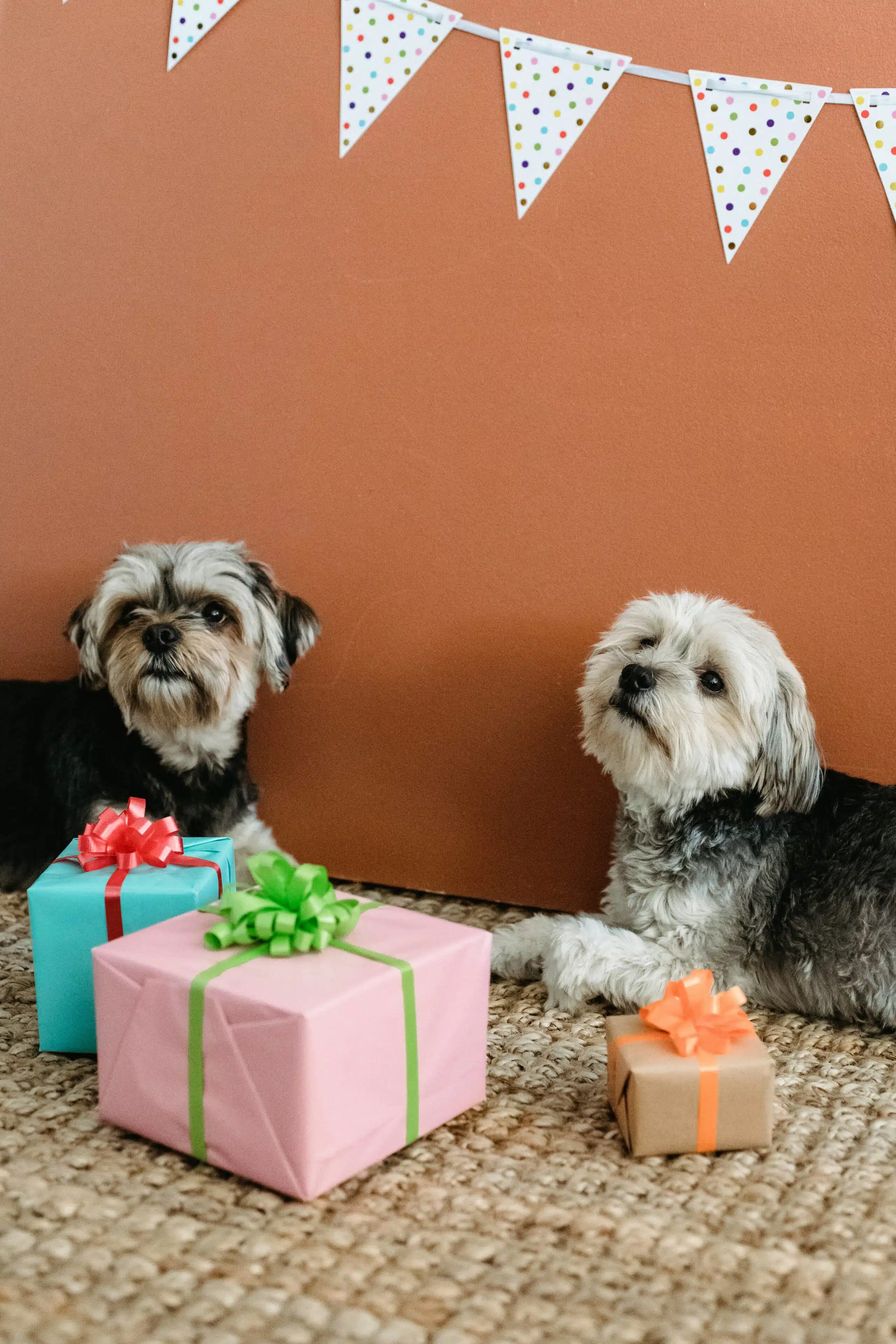
Get involved!
Comments